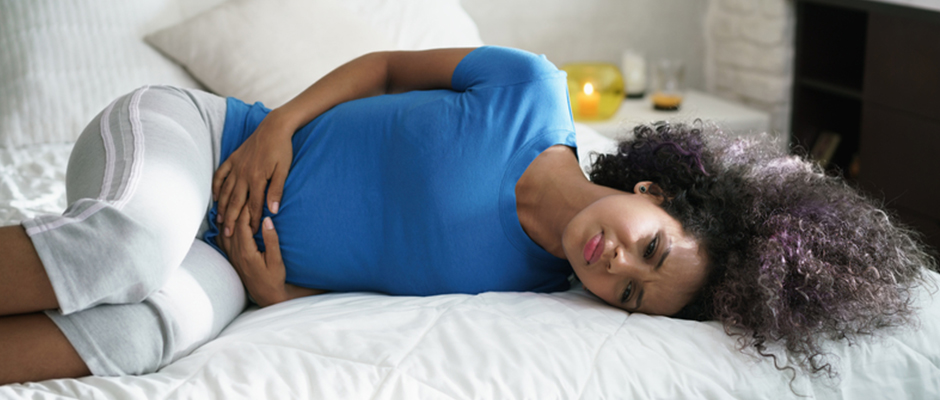Miscarriage: Causes, Signs, And What To Expect After

In medical terms, a miscarriage is known as ‘Spontaneous abortion’. About 8 out of 10 miscarriages happen in the first 3 months. It is a fairly common loss and in fact, 10-20% of pregnancies end in miscarriage.
Despite how common miscarriages are, it can be emotionally and physically difficult to deal with for many women. Feelings of grief and loss normally com with the loss of a pregnancy. The medical term for miscarriage is “spontaneous abortion.”
READ ALSO: Why 40% Of All Conceptions End In Miscarriage -Obstetrician, Dr David Ede-Edokpolor Enlightens Us
What Causes A Miscarriage?
There are a number of reasons why a miscarriage may happen but it’s almost never caused by something the pregnant person did. Experts agree that normal activities like sex, exercise, working, and taking most medicines do NOT cause a miscarriage. Minor injuries, like falling, don’t generally cause a miscarriage either.
Some things that are known to cause miscarriages include:
- When the fertilized egg has an abnormal number of chromosomes (genes). This happens at random, so you can’t prevent it or cause it to happen.
- Certain illnesses, like severe diabetes, can increase your chances of having a miscarriage.
- A very serious infection or a major injury may cause miscarriage.
- Late miscarriages — after 3 months — may be caused by abnormalities in the uterus.
- If you’ve had more than 2 miscarriages in a row, you’re more likely to have a miscarriage.
Signs and |Symptoms Of A Miscarriage
Like with most other personal experiences, the signs and symptoms differ from woman to woman (and even be completely different if one woman experiences multiple miscarriages over time). But the most common signs include:
- Cramping or pain in the lower back or abdomen
- Heavy bleeding (possibly with clots or tissue) similar to a period
- Lighter bleeding that lasts for more than three days
- A disappearance of any pregnancy signs you were experiencing (such as nausea and breast tenderness)
Keep in mind, brief, light spotting is usually totally normal — and there’s no reason for immediate concern. But if you’re going through more than a pad an hour, or your bleeding has lasted more than three days, make sure to check in with your healthcare provider right away.
READ ALSO: Dear MIMsters: How My Story Ended After I Suffered A Miscarriage & Stillbirth
What Next After A Miscarriage?
If your cervix has started to dilate but you have no bleeding or pain, your practitioner may diagnose you with an incompetent cervix and perform cerclage (stitching the cervix closed) to prevent a late miscarriage.
If you have miscarried, chances are that all the contents of the uterus are expelled naturally, which can take up to two weeks.
In some cases where all contents of the uterus are not naturally expelled (incomplete miscarriage), your practitioner will recommend pills or surgery (called dilation and curettage, or D&C) to help your body clear out the uterus.
Can You Prevent A Miscarriage?
The answer is- no. Unless your health care provider has identified a specific risk factor — such as a thyroid imbalance or blood clotting disorder — in which case, he or she will generally recommend simply leading a healthy lifestyle, which includes:
- Getting chronic conditions under control before conception
- Keeping your weight gain in a healthy range
- Taking a prenatal vitamin that includes folic acid and other B vitamins; research has shown that some women have trouble conceiving and/or sustaining a pregnancy because of a folic acid or vitamin B12 deficiency that can be treated with appropriate supplementation
- Taking steps to avoid and treat infections such as STDs
- Take only medications that get the green light from your practitioner


